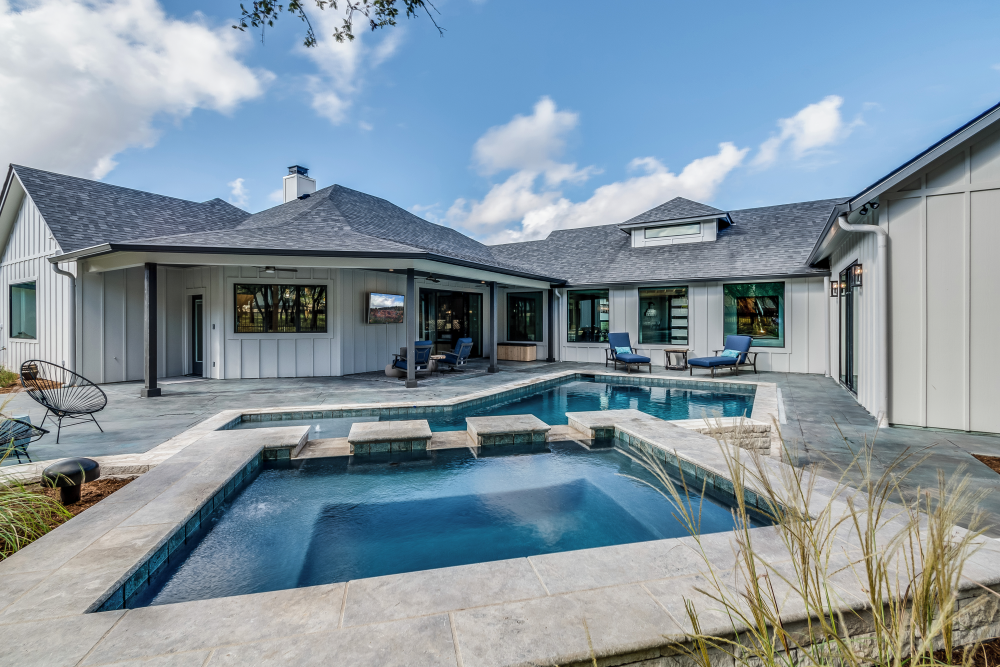Spas and hot tubs are extremely popular alongside pools or on their own. While both pools and spas or hot tubs are recreational waters that need to be tested and treated regularly — that’s where the similarities end. A spa is NOT just a small pool. In fact, the chemistry in hot water environments is very unique!
When establishing a testing and treatment regimen for your spa or hot tub, it’s important to understand how many factors including the higher temperatures, smaller volume, jetted water, shorter turnover rates, and the likelihood of a high bather load in a spa/hot tub can affect the chemistry of the water. We’ll explore the two key differences between pools and spas — temperature and water volume.
How Water Temperature Affects Water Chemistry
The hotter the water, the faster chemical reactions occur. For every 18°F (10°C) of temperature increase, chemical reactions will increase twofold. This explains why sanitizers are said to be “short-lived” in hot water environments — the depletion rate is faster. And while most bacteria may not survive in the 104°F recommended maximum spa temperature, some bacteria (specifically Pseudomonas aeruginosa) can thrive in spa and hot tub water. Hotter water can also increase corrosion rates and scale formation depending on the pH.
In addition, higher temperatures cause natural body oils (like perspiration) to expel at a faster rate than in the cooler water of a pool, leading to quicker depletion of sanitizers. During an average 15-20 minute soak, heated water can actually encourage a higher production of bodily fluids. As bacteria multiply exponentially, an undertreated spa could become a health concern.
Why Water Volume Makes a Difference
The smaller volume of water in spas and hot tubs also play a part in the water’s chemistry, creating chemical dosage sensitivity and higher turnover rates. The faster flow rates equal very short turnover times — some as fast as 15 minutes! The addition of large amounts of treatment chemicals could be disastrous for a spa. Precise measurements in small dosages do the job.
Also consider the effect of a higher bather-to-water ratio in a spa versus a pool. In terms of sanitizer, four people in a 400-gallon spa is roughly equivalent to 250 people in a 25,000-gallon pool! And having two people in a 400-gallon spa can consume 1 ppm of free chlorine in the first 15 minutes.
The ultimate solution to hot water treatment problems is adding fresh water. Despite attempts to properly treat spa/hot tub water, at some point (because of the smaller water volume) you will need to drain and refill.
Unlike pool owners, spa owners should drain and refill the vessel with fresh water on a regular basis. The formula for a draining schedule is one-third of the total gallons of water in a spa divided by the maximum number of daily users (based on a 20-minute soak). The resulting figure is the number of days between complete draining, regardless of the service regimen. As an example, here is the formula for a 450-gallon spa with 5 daily users:
1/3 of 450 = 150; 150 ÷5 = 30 (Drain and refill every 30 days)
Treating a spa or hot tub as if it were a small pool could eventually lead to severe water quality issues and equipment failure. To protect bathers and ultimately minimize the cost of operation, it's essential to understand and keep in mind the unique aspects of spa maintenance.

